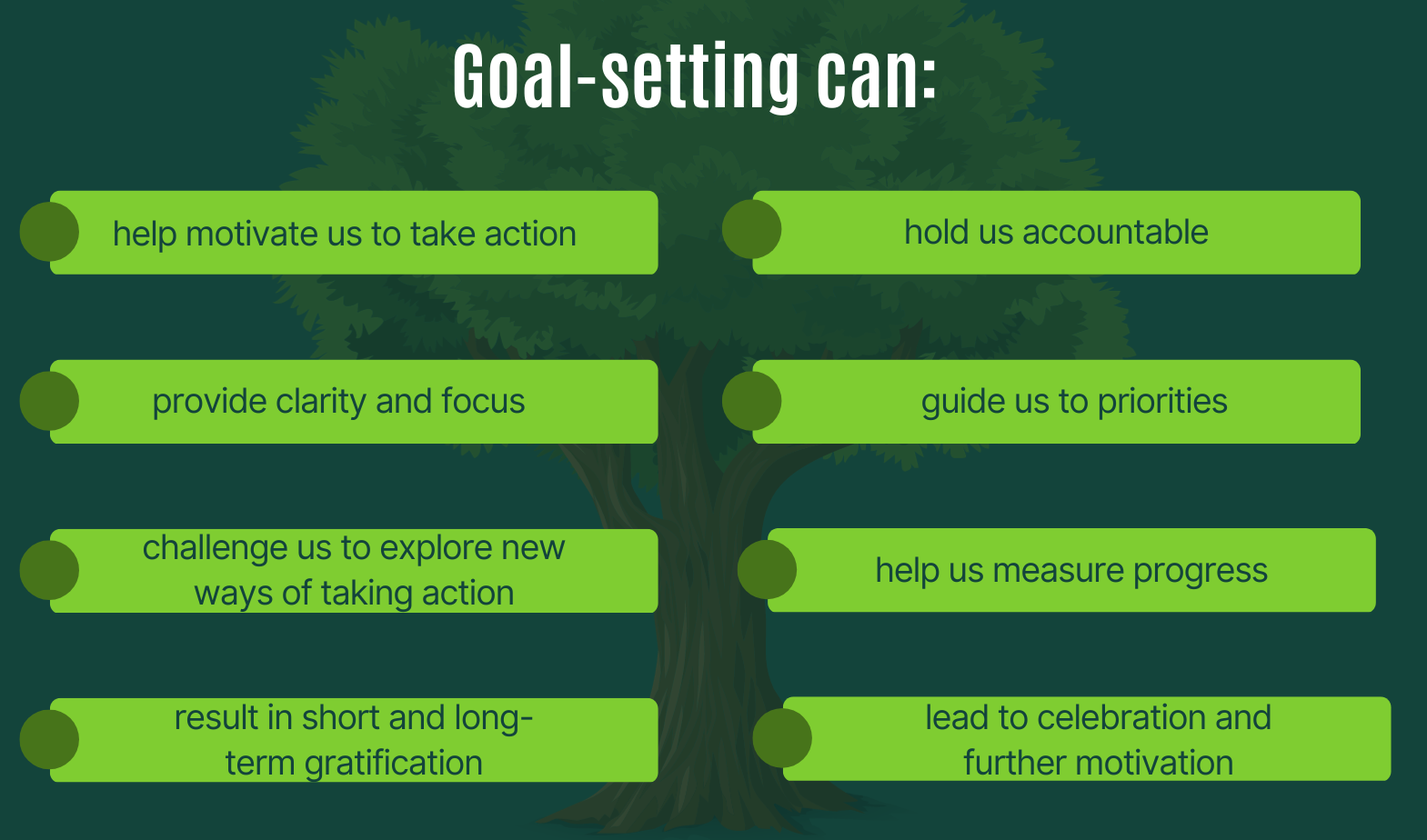Gold Leaf Actions
Start with a Green Team
When communities choose to enter the Gold Leaf Challenge, the first action they commit to will be to create a Green Team if they don’t already have one, or document that they already do. A “Green Team” is a flexible concept that refers to any established group of people who meet regularly to support sustainable changes in a community. This team could be made up of community members and/or staff members (a “Green Team”) or a panel of appointed experts and community members (a “Sustainability Committee” or “Commission”). See Gold Leaf Action CC1 (Combined Green Team) for details.
Complete Gold Leaf Actions
Actions can be reported and formally recognized as they are completed, without any specific annual reporting period. Additionally, many actions can be repeated in multiple years to encourage growth overtime. Actions will be tallied at the end of the year to see how many “leaves” your community has accomplished. Learn more at Reporting & Recognition.
Each Gold Leaf action guidance document will list the annual recertification criteria that will achieve a reward. Some of these actions may take multiple years to complete. Because the Challenge aims to drive climate action implementation, the action will be awarded a leaf once the project is completed.
44 Gold Leaf Challenge Actions
Click on each action to find additional information and guidance.
See a full list of Gold Leaf Challenge Actions and their annual reporting criteria.
See a list of 11 key climate actions for small communities (10,000 and under in population).
* - Indicates actions than can be reported annually (non-starred actions are reported once per the project, however many actions can be reported multiple times for unique projects).
Integrated Goals 
The Gold Leaf Challenge encourages participants to connect their actions to goals through the integration of local community-specific goals and/or statewide climate goals. Achieving these larger, integrated goals is a big accomplishment! Once a goal is met, participants receive a gold leaf.
Community Goals
Setting your own goals is also an action (see action CP6)! If your community has climate goals that align with the Gold Leaf action you want to accomplish, list them out in your workplan and include information about the goal in your Gold Leaf action report. These goals may come from your community’s climate action plan, comprehensive plan, other related community-specific plan, or council resolutions. If your community doesn’t have any of these, check to see if there are region-wide plans that cover your community, such as an Regional Development Organization that has created a region-wide Climate Action Plan.
Minnesota's Climate Goals
For communities without their own goals identified, the Minnesota Climate Action Framework (State of Minnesota, 2022) can serve as a guide for goal-setting. In addition, these statewide goals are helpful for communities to connect with and align their own goals, when possible. Participants will find the relevant statewide goals listed in the Gold Leaf action guidance.
